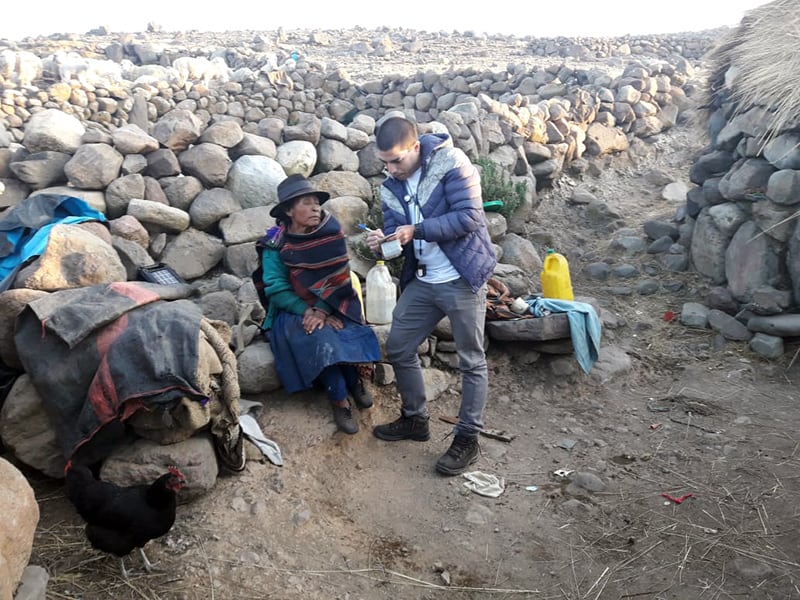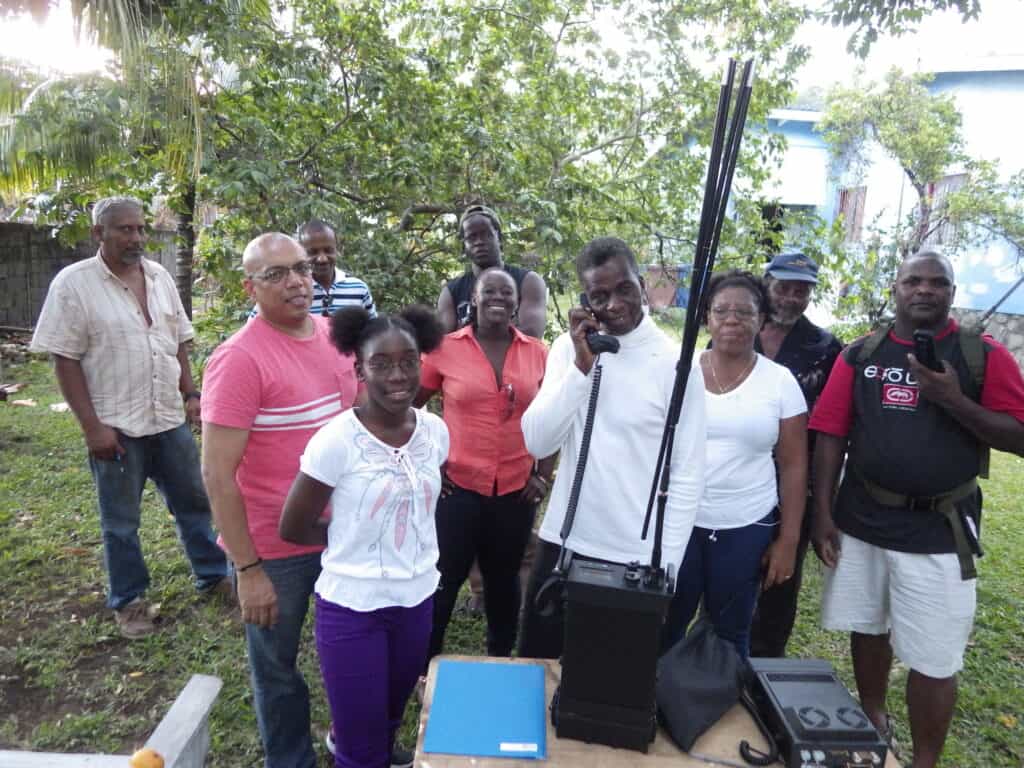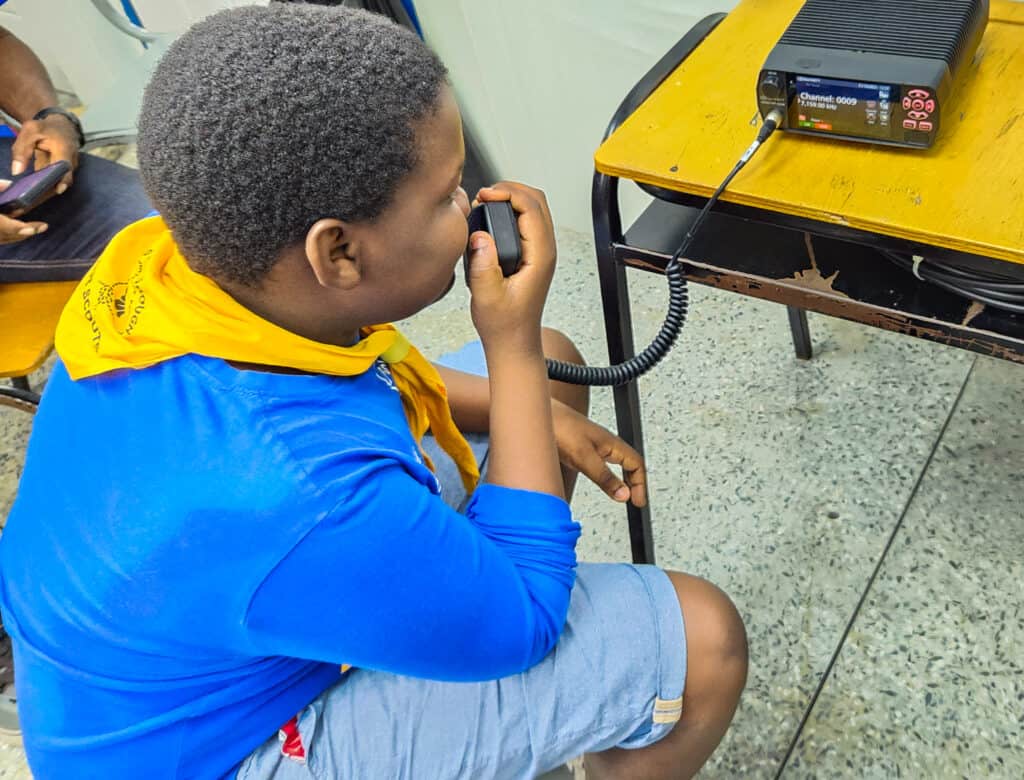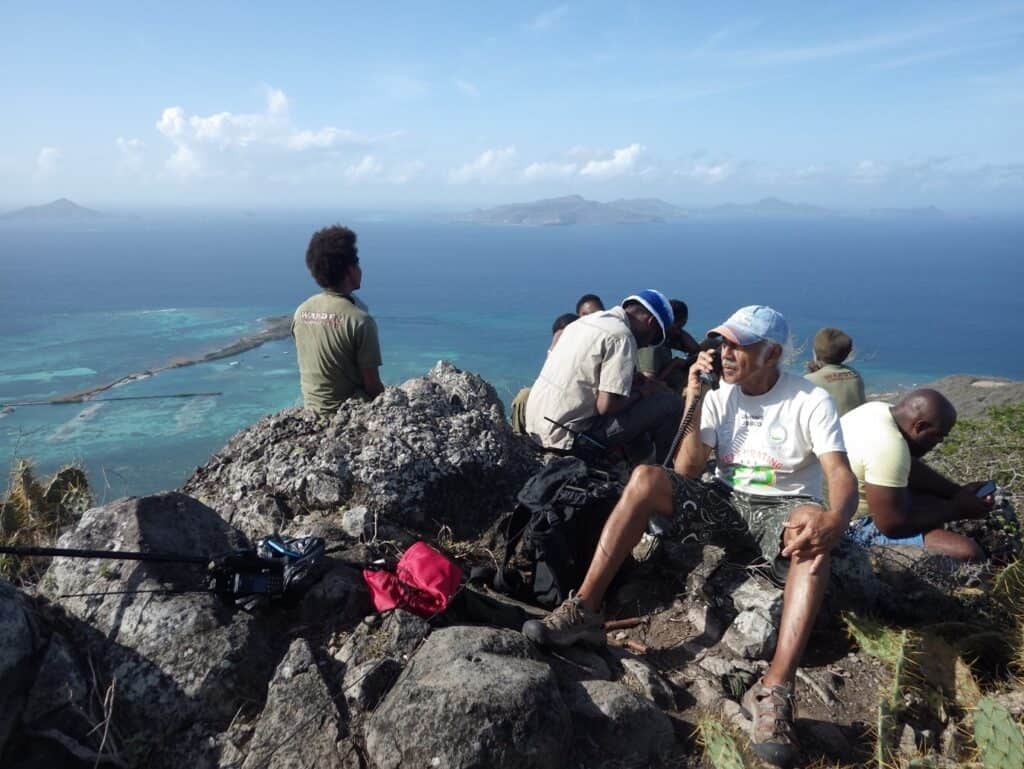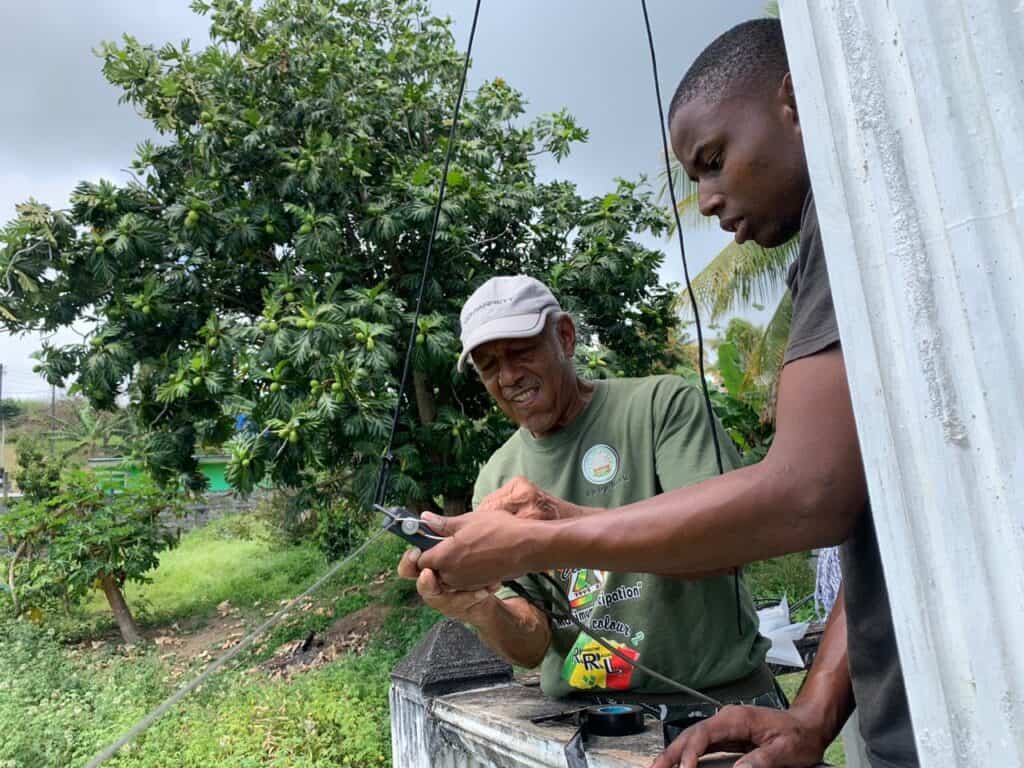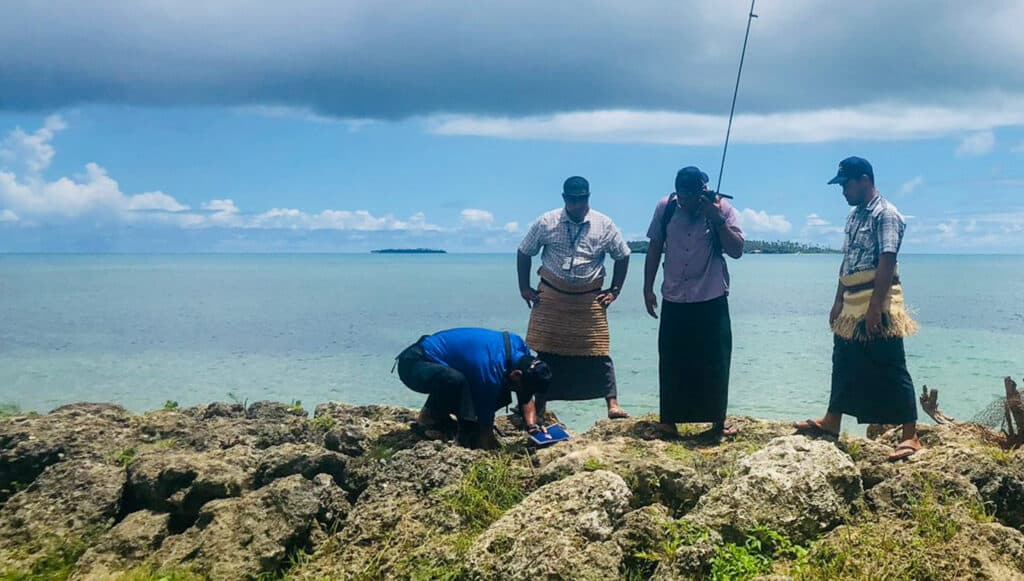5 things humanitarian efforts need from HF Radio
5 things humanitarian efforts need from HF Radio
Millions of people globally are dependent on humanitarian aid for safety and survival. In 2020, it is anticipated that nearly 168 million people will need humanitarian assistance and protection, which amounts to 1 out of every 45 people worldwide. This is the highest figure in decades. In the worst zones where help is most desperately needed, logistics and communication are key.
Humanitarian efforts need a way to communicate
Humanitarian efforts are run by NGOs, charities, religious organisations and medical teams around the world. They often work closely with local community efforts and government agencies to bring help to where it is needed the most. Many work in multiple countries and across many locations at the same time, meaning that comms networks must be active, reliable and accessible at all times.
To keep medical services and food security efforts driving forward with momentum, operators must be able to stay in contact with their headquarters staff, on-the-ground teams and local contacts, to effectively coordinate their movements and keep personnel safe in potentially dangerous areas.
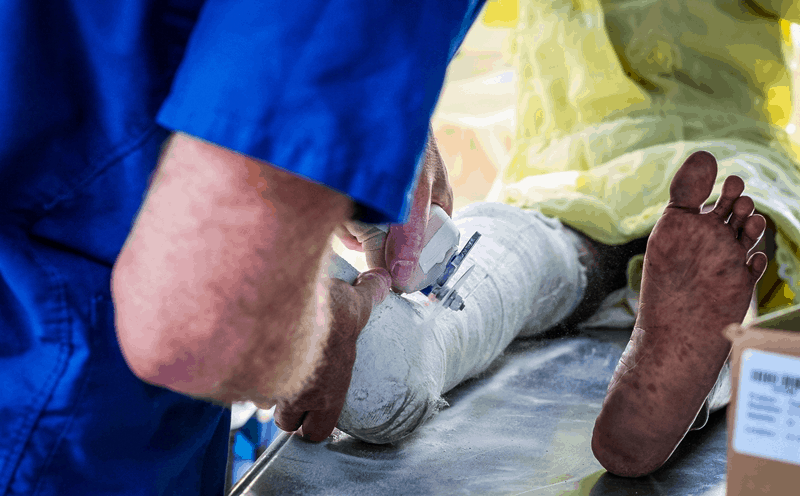
Humanitarian campaigns benefit immeasurably from reliable communications.
HF radio is the best option for many organisations
The communications infrastructure best suited to serve as a reliable solution for humanitarian needs is HF radio. Donations and private funding can provide access to the top levels of communications equipment, but not all organisations have deep pockets. Fortunately, HF radio is able to provide exactly what humanitarian efforts need to be able to rely on in a comms solution, including:
Long-Distance Communications
There’s no need for network or satellite infrastructure. With HF, humanitarian groups can maintain long-distance communications over thousands of kilometres.
Inexpensive Equipment and Maintenance
While many communications methods require bandwidth or data packages to be purchased, HF radio offers free channels for sending and receiving information. This can be a boon to humanitarian groups that don’t have expansive funding but desperately need a high-quality reliable comms solution.
Secure Incoming and Outgoing Transmissions
HF radio equipment can be equipped with encryption options to help ensure communications cannot be intercepted or eavesdropped on. HF is markedly less vulnerable than it was a few decades ago.
Reliability in Unwelcoming Environments
HF beats SatCom when it comes to reliability in remote areas, especially those that are arid, dry or mountainous. Even if SDR or SatCom devices are the first choice for your humanitarian organisation, HF is a must-have backup.
Vehicle Tracking
When lives depend on a truck of much needed kits getting to a remote doctor’s station, knowing where your medical supplies are is vital. HF radio can be linked with GPS for real-time tracking.
HF radio can be a critical component of supporting humanitarian missions worldwide. Barrett Communications can deliver a range of radio equipment that will meet every need of your NGO or other group, and provide support for both administrators, field workers, and logistics teams every step of the way.
For more information about how commercial HF radio equipment is ideal for humanitarian use, contact the Barrett Communications team today.

